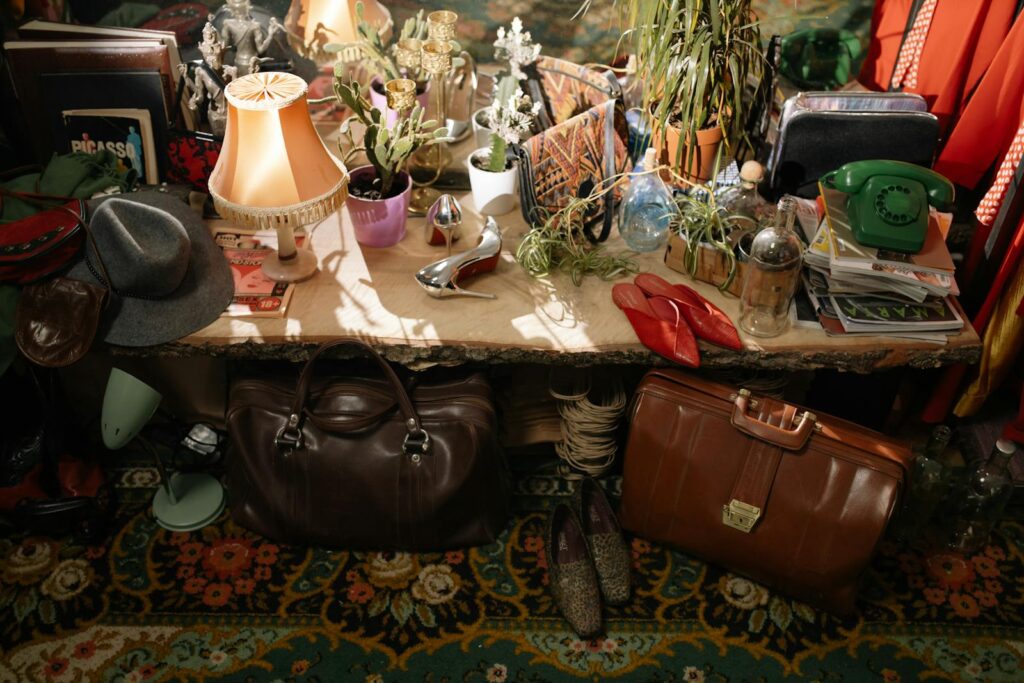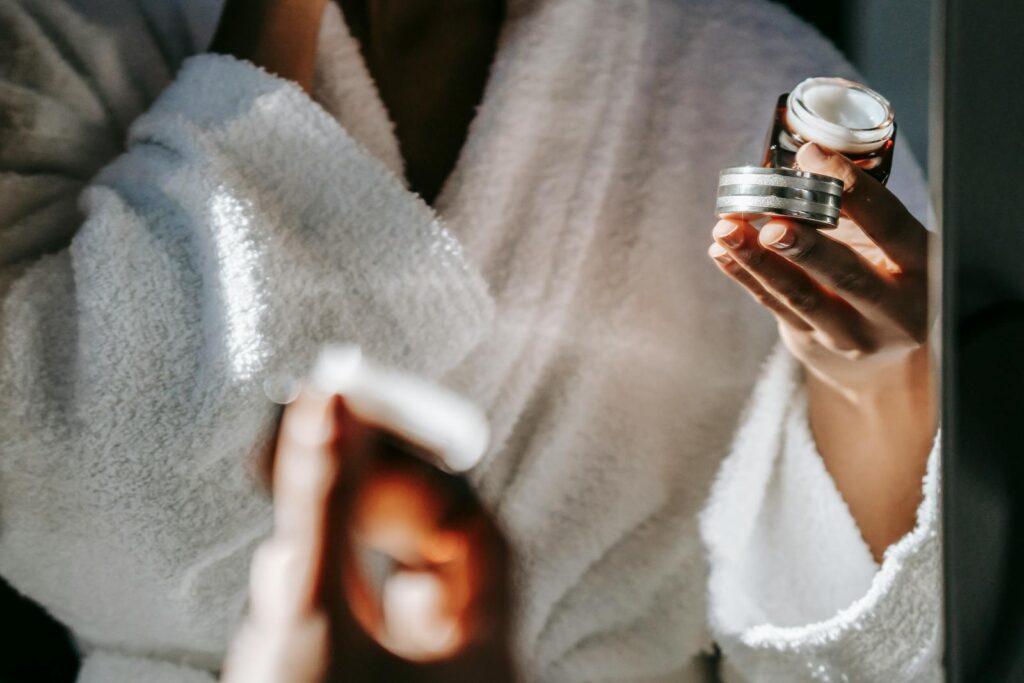
Walking into a thrift store and discovering a unique gem is an exhilarating experience, akin to a treasure hunt where each find is a delightful surprise at a fraction of retail prices. While shopping vintage can be incredibly fun, it’s essential to keep in mind that certain clothing items carry risks that savvy thrifters should avoid, no matter how tempting they may seem.
Being informed about potential hazards allows you to enjoy secondhand shopping without the worry of acquiring items that are unsafe, poor quality, or simply absurd. This knowledge empowers you to make smarter choices, ensuring your thrift store finds are not just economical but also practical and safe.
We can all truly understand the pleasure of hunting the thrift store. However, when it comes to secondhand shopping, you need to know which items to avoid. Ready to explore our list of clothing items you should never settle for when thrifting?
First up is underwear. It’s a no-brainer, really. Wearing these items this close to the body is a concern for hygiene. For whatever cleaning regime you employ, the secondhand underwear idea can be avoided. These items fall into the category of personal, intimate clothing, and should really never be returnable in the stores themselves.
Perhaps not as intimate as underwear, femininity is often defined in terms of bras. Having a bra over time loses elasticity and support, which contribute to a comfortable and working bra. The average bra lasts a year, so chances are, a secondhand bra is already on its last legs.
When it comes to children’s clothing, especially sleepwear, exercising caution is crucial due to the risk of recalled items ending up on thrift store racks. While thrift stores do their best to remove such items, ensuring the safety of kids’ clothing is challenging, making it wise to be extra vigilant when considering these purchases.
Also, sports helmets are another item to avoid if you can. Regardless of how they look, they could be structurally sound from an impact or collision in their past. It’s safer to buy new in case of these damages, not seeing them doesn’t make it any less of it.
Just like underwear and leggings, bathing suits also should be on your no-thrift list. Usually worn close to the skin, over time they lose their shape and elasticity. You may not get the fit or hygiene you want from a secondhand bathing suit.

Another major red flag is clothing that appears stained or has an unpleasant odor, as these issues are often deeply set and resistant to cleaning, leaving you with disappointment despite your efforts. If you’re not ready for a gamble on potentially unsalvageable items, it’s usually best to steer clear of them.
Be cautious with delicate fabrics that can be tough to clean, as they might look pristine but could harbor hidden parasites that are only eliminated through professional cleaning. Choosing these items may lead to unexpected hygiene problems that aren’t worth the risk.
Certain items like bathing suits, bras, and leggings depend on elasticity for comfort and fit, which can diminish over time from wear and use. Investing in a new pair can often be a wise choice that spares you from potential hygiene concerns that come with used options!
Shoes — especially athletic shoes — require deep scrutiny. Uneven wear on the inside of your foot can cause discomfort or injury due to a previous owner’s gait. It’s important to check for wear and tear, sometimes repairs can be made. But, if for comfort and health, it is a wiser choice to get new shoes.
Thrift shopping is a fantastic way to discover unique pieces and save money, but being aware of what to avoid can enhance your experience. By steering clear of these specific items, you can ensure that your thrifted wardrobe is stylish, safe, and budget-friendly. Happy thrifting, and keep these essential tips in mind for a successful shopping spree!
Related posts:
9 Clothing Items You Should Never Buy Secondhand
6 things you should never buy secondhand, according to a professional stylist
12 Things You Should Never Buy Used






